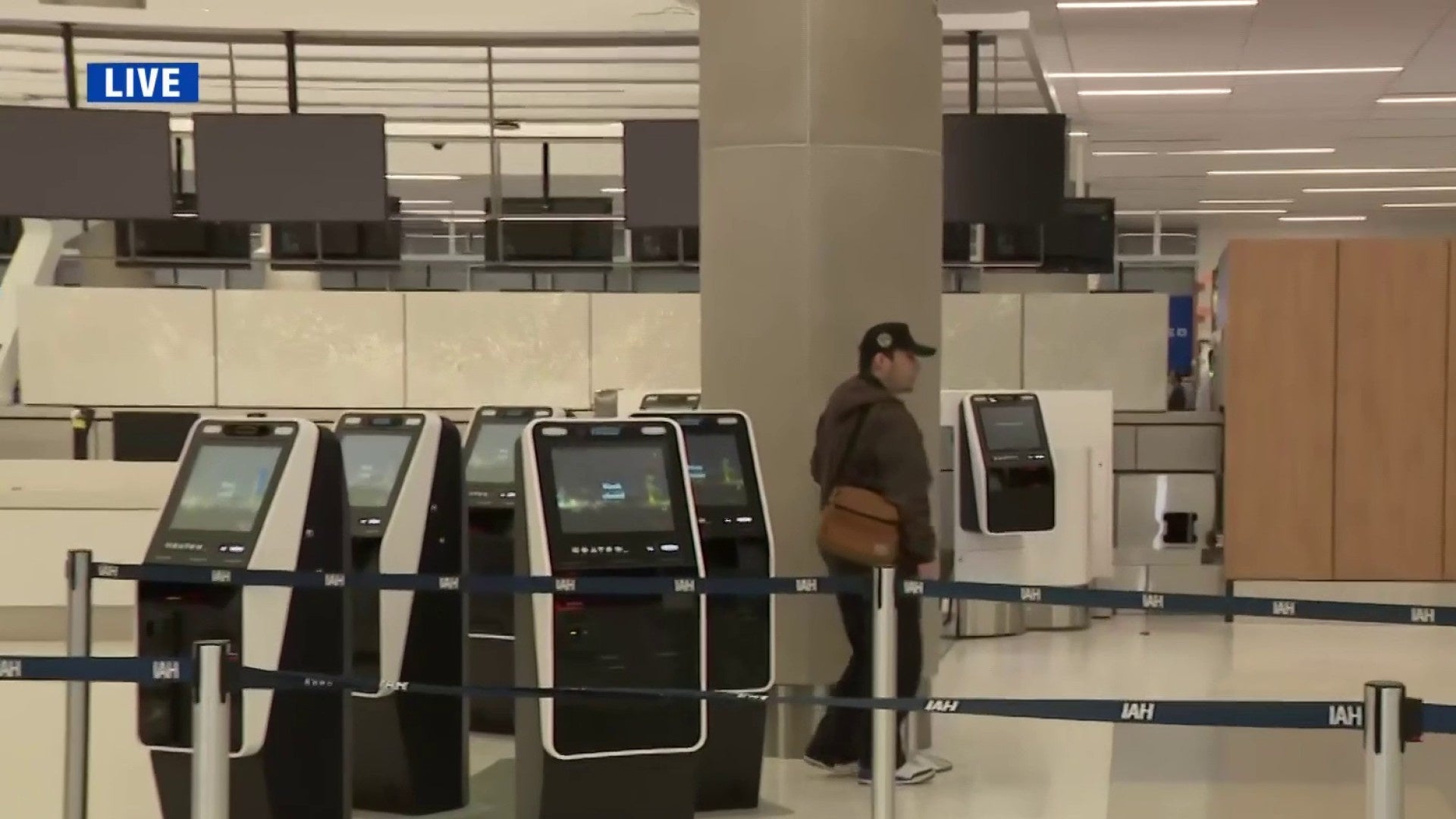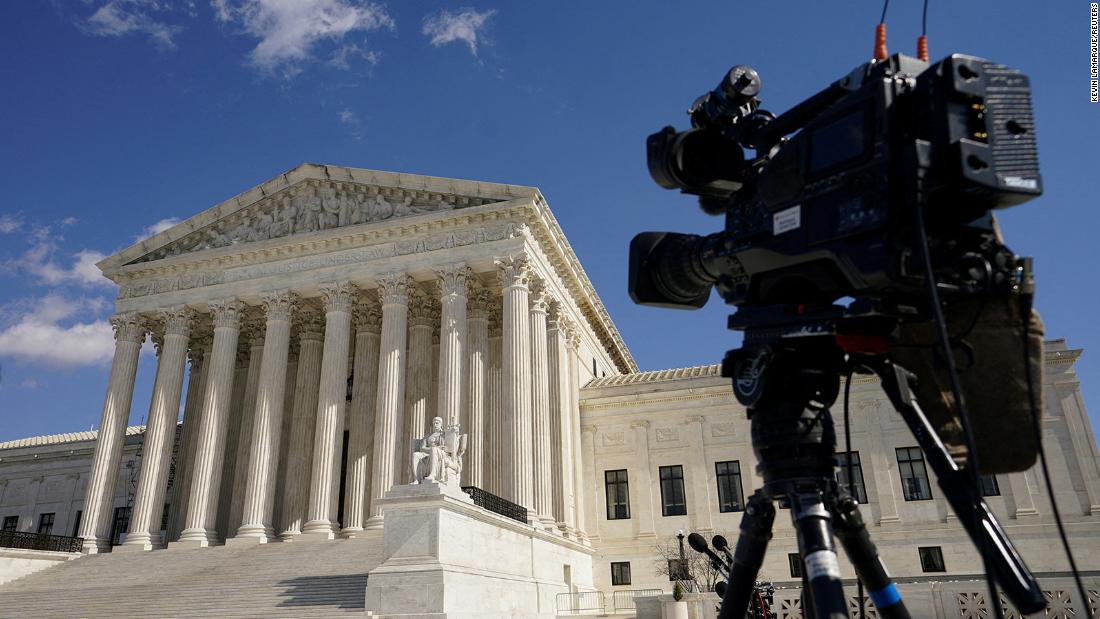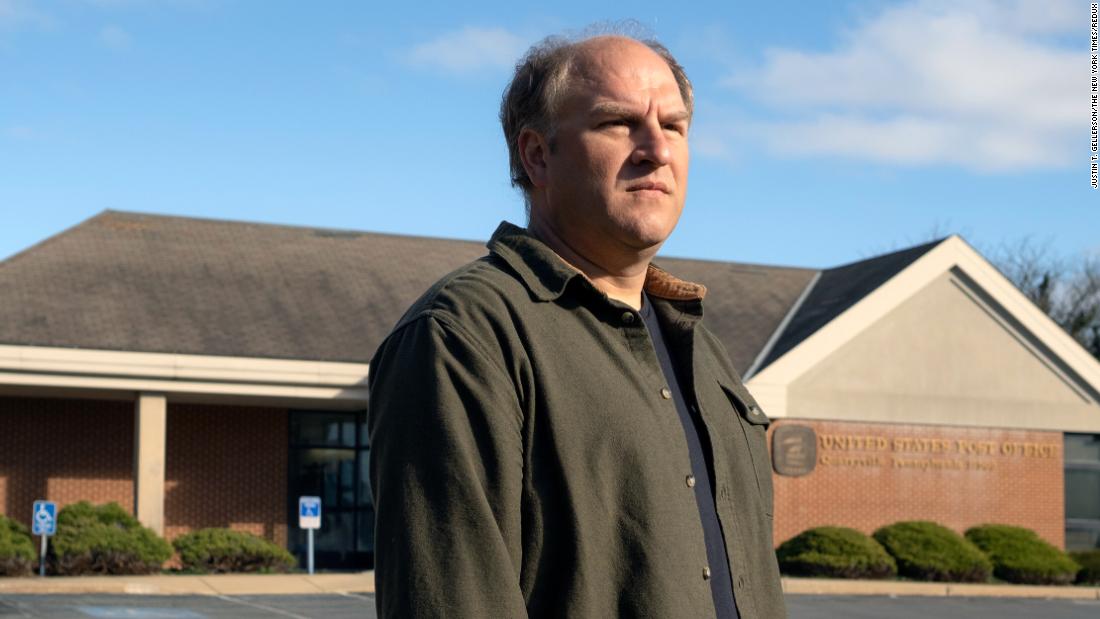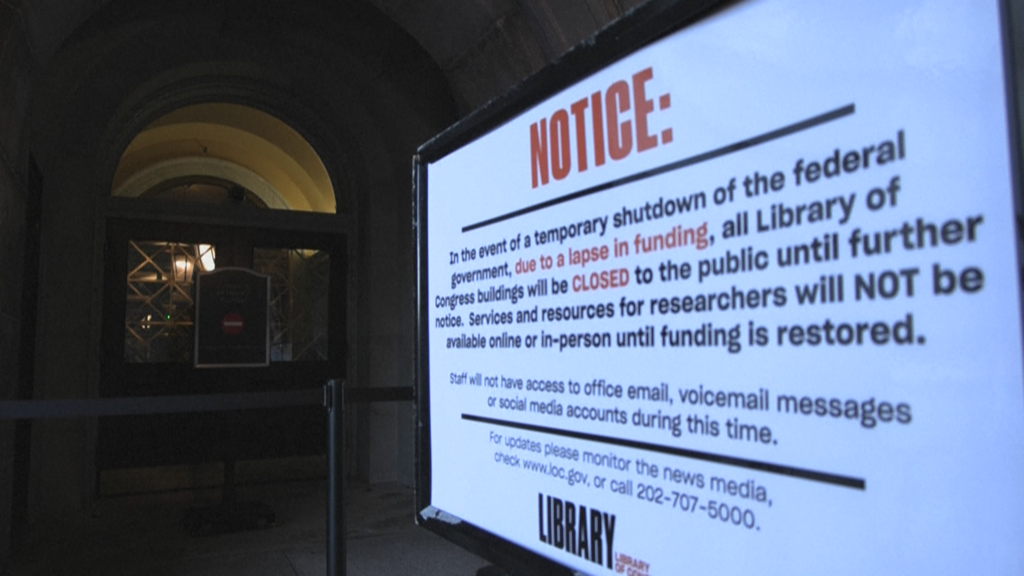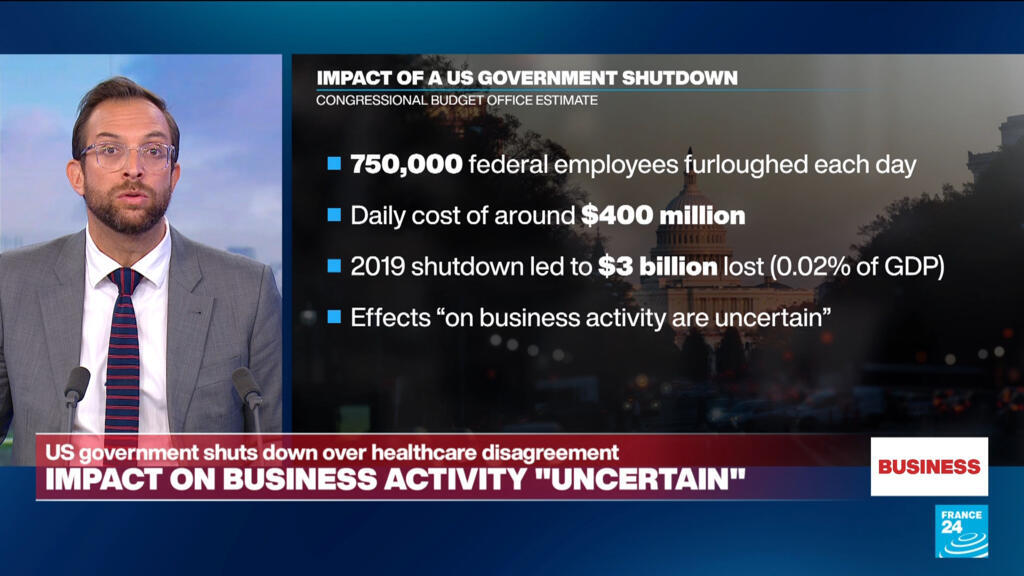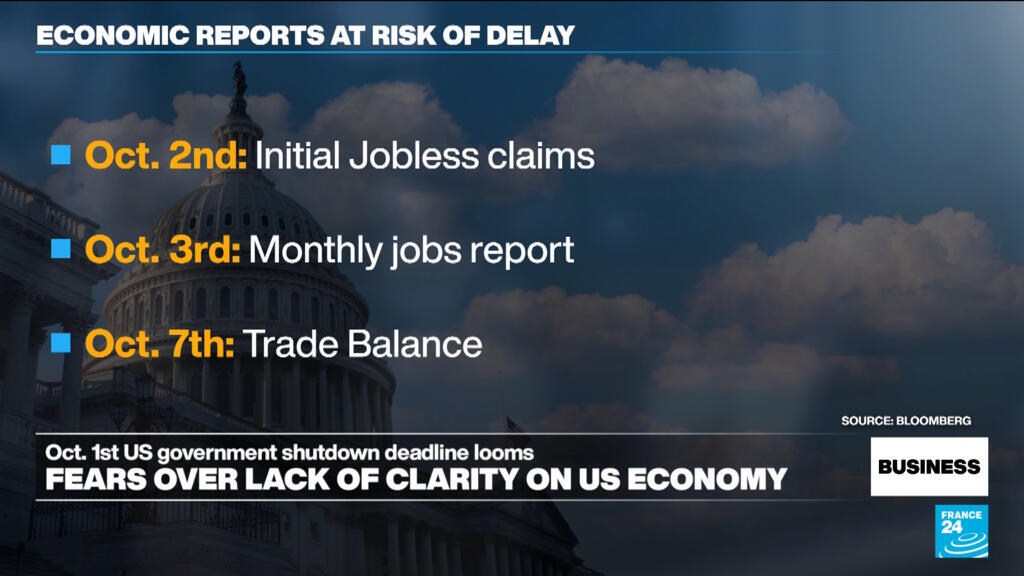HISD expands free meal programs amid federal SNAP funding delays
Families across Houston are feeling the strain of the ongoing federal government shutdown and HISD is stepping up to help. The district says 99 schools will offer the food assistance.

Families across Houston are feeling the strain of the ongoing federal government shutdown and HISD is stepping up to help.
At Wainwright Elementary, cafeteria staff say the number of students coming in for breakfast and dinner has doubled in recent weeks as families struggle with reduced or delayed food assistance benefits.
Cafeteria lead Elizabeth Hernandez says breakfast participation has jumped from fewer than 100 students to around 180 each day. Staff are also serving siblings who aren’t enrolled at the school but rely on the meals.
“Well, at the moment, it’s really, really busy. The kids are eating more breakfast, they’re picking up more lunch,” Hernandez says. “The numbers have literally picked up a lot.”
District officials say they’ve expanded access to free breakfast and after-school supper programs at several campuses to help meet the growing need. Here’s a list of the schools.
Hernandez’s remarks reflect the mounting pressure on schools and community food programs as families face heightened financial strain.
SNAP Benefits: Partial Relief, Uncertain Timing
At the same time, food-assistance benefits through Supplemental Nutrition Assistance Program (SNAP), which supports millions of Americans, are in flux. A recent court filing reveals that the United States Department of Agriculture (USDA) will provide partial SNAP benefits for November.
“FNS intends to deplete SNAP contingency funds completely and provide reduced SNAP benefits for November 2025,” said Patrick Penn, Deputy Under Secretary for Food, Nutrition & Consumer Services, in the brief. “This means that no funds will remain for new SNAP applicants certified in November, disaster assistance, or as a cushion against the potential catastrophic consequences of shutting down SNAP entirely.”
Federal judges in Rhode Island and Massachusetts recently ordered the USDA to use emergency reserves to continue benefits despite the shutdown. In the Rhode Island case, the court ruled that “the congressionally approved contingency funds must be used now because of the shutdown.”
What’s Next & What Families Should Know
While the USDA’s filing outlines the intention to distribute reduced benefits for November using contingency funds, critical questions remain:
- When will households receive these benefits? The USDA warned some states may need weeks or months to implement changes required for reduced payments.
- How much will beneficiaries receive? The filing suggests roughly 50% of current allotments for eligible households, and no funds available for new applicants.
- What about other funding sources? The USDA contends that redirecting other funds, like from the Child Nutrition Programs, would jeopardize children’s school meals and other nutrition programs.
- Will the state step in? In Texas, for example, the governor’s office has not committed to using state surplus funds to cover SNAP recipients, stating only that efforts are underway through community partners until the federal government acts.
The governor’s office didn’t say whether it would use the state’s surplus to pay for SNAP recipients. Instead, the governor said Congressional Democrats should act.
“There’s a simple and immediate solution to this problem that could be achieved tomorrow,” Governor Greg Abbott said to KPRC 2 News. “Senate Democrats should immediately end their government shutdown by approving legislation that already passed the U.S. House that will fully fund the government and ensure Texans don’t go hungry. While Democrats use low-income Texans as bargaining chips, Texas agencies are coordinating with community partners to connect families to existing assistance until the federal government gets back to work.”




